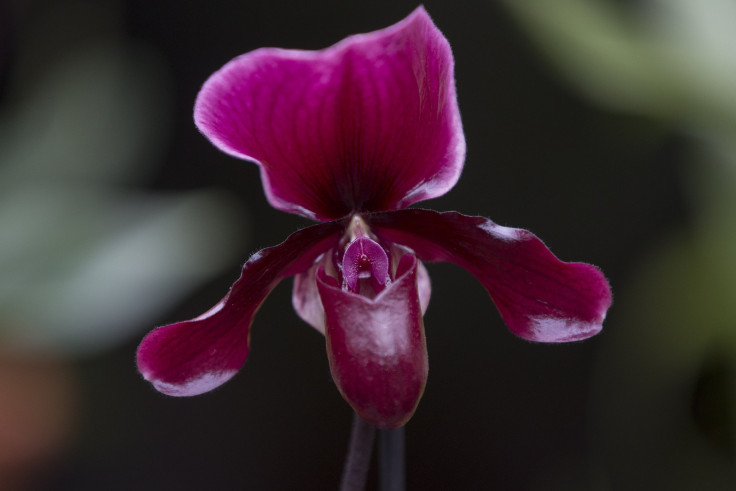Scientists discover new orchid species that resembles the devil’s head, names it Telipogon diabolicus after flowers’ demonic patterns

Researchers recently discovered flowers of a new orchid species that resembles the devil’s head. A close look at the flowers’ heart revealed the demonic patterns. The devilish orchid is a Critically Endangered species in the International Union for Conservation (IUCN) Red List.
The often colourful and fragrant flowers of orchid are highly valued for their beauty. However, when Marta Kolanowska and Dariusz Szlachetko, both affiliated with the University of Gdansk, Poland, together with Ramiro Medina Trejo of Colombia, discovered this unique species, they were baffled by the demonic patterns.
The flowers of the new orchid species were not like the pretty ones that people are generally used to. The species was named Telipogon diabolicus after its demonic patterns. The species has been described in the journal PhytoKeys. These orchids grow a stem that measures around 5.5-9 cm in height.
The species is critically endangered as its habitat is restricted to only a single population across a dwarf montane forest in southern Colombia. Even though the devil orchid may be mistaken for a few other species, what make the flowers stand out are their easy-to-see physical traits.
The devil’s head pattern is found hidden right at the heart of its colours. Even the petals are clawed. This feature is absent in any of the other Colombian species of the genus.
This species is exclusively found on the border between departments Putumayo and Nariño. It was found growing epiphytically in wet, dwarf montane forest at the edge of páramo. The population that was observed during the study consisted of about 30 specimens of which only several were adult, flowering plants, the study said.
“In the most recent catalogue of Colombian plants almost 3600 orchid species representing nearly 250 genera are included. However, there is no doubt that hundreds of species occurring in this country remain undiscovered. Only in 2015 over 20 novelties were published based on material collected in Colombia,” the authors said in a statement.





















